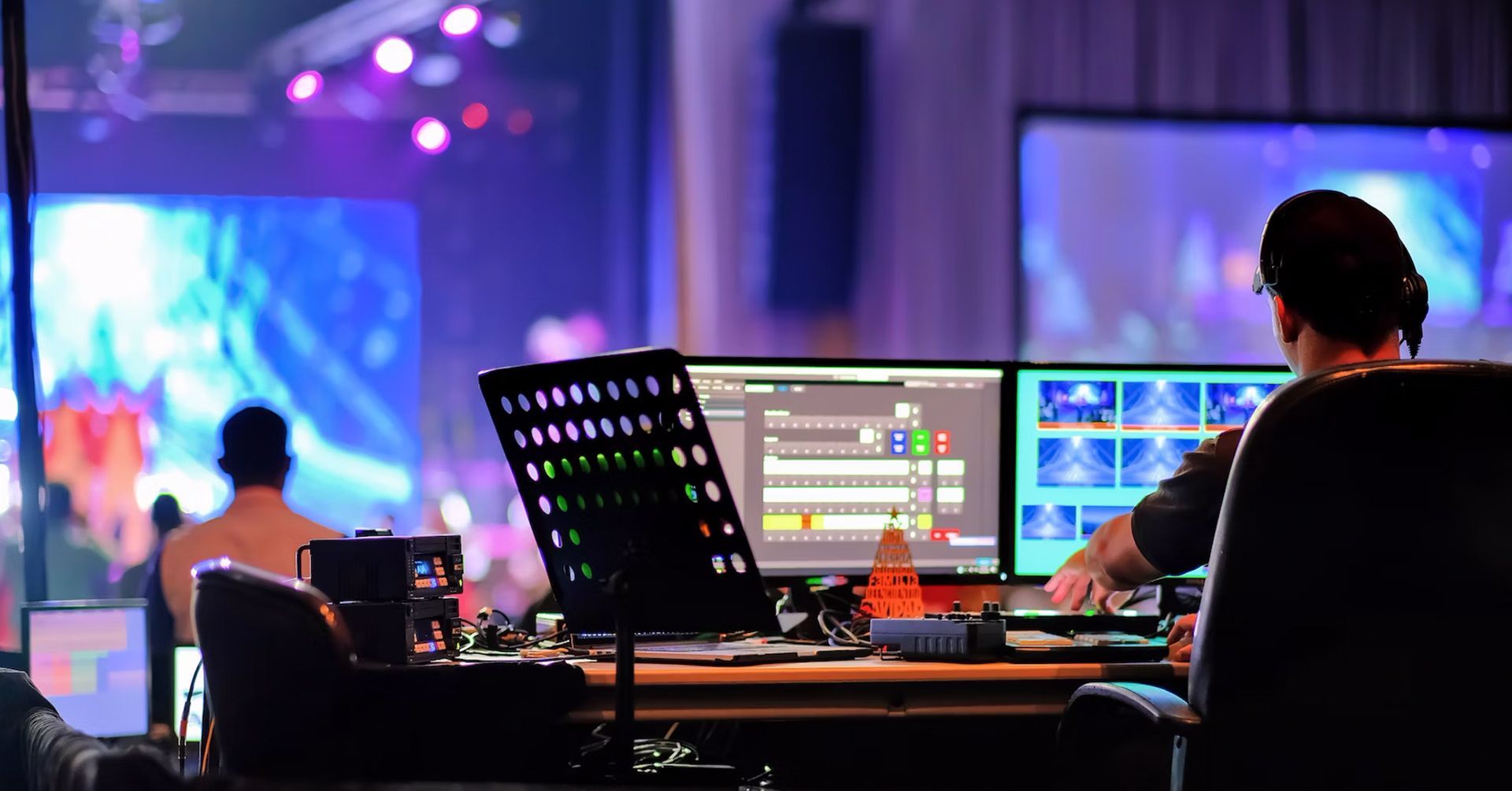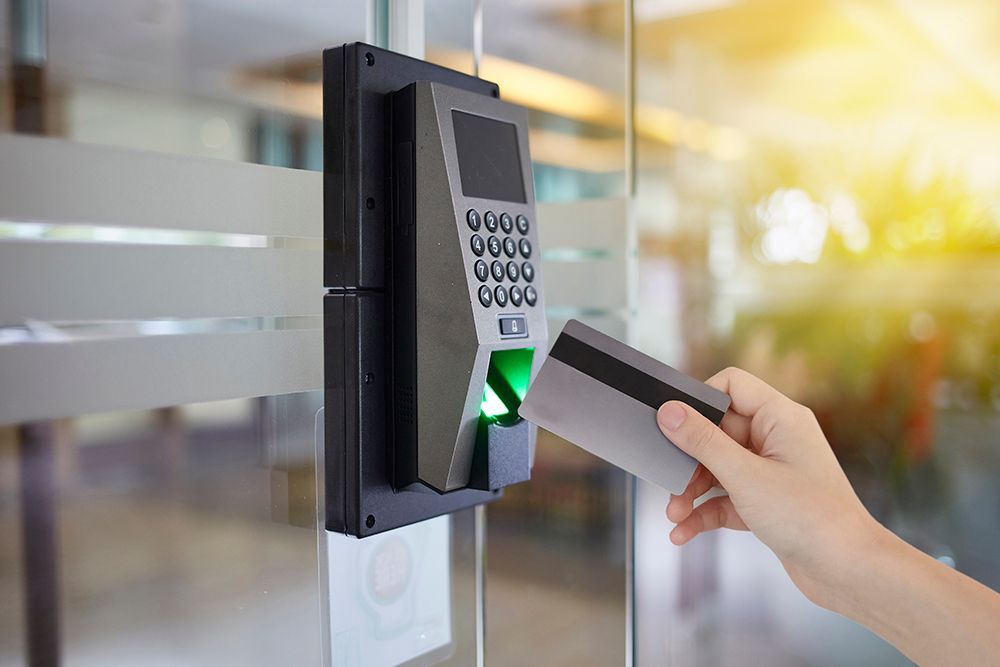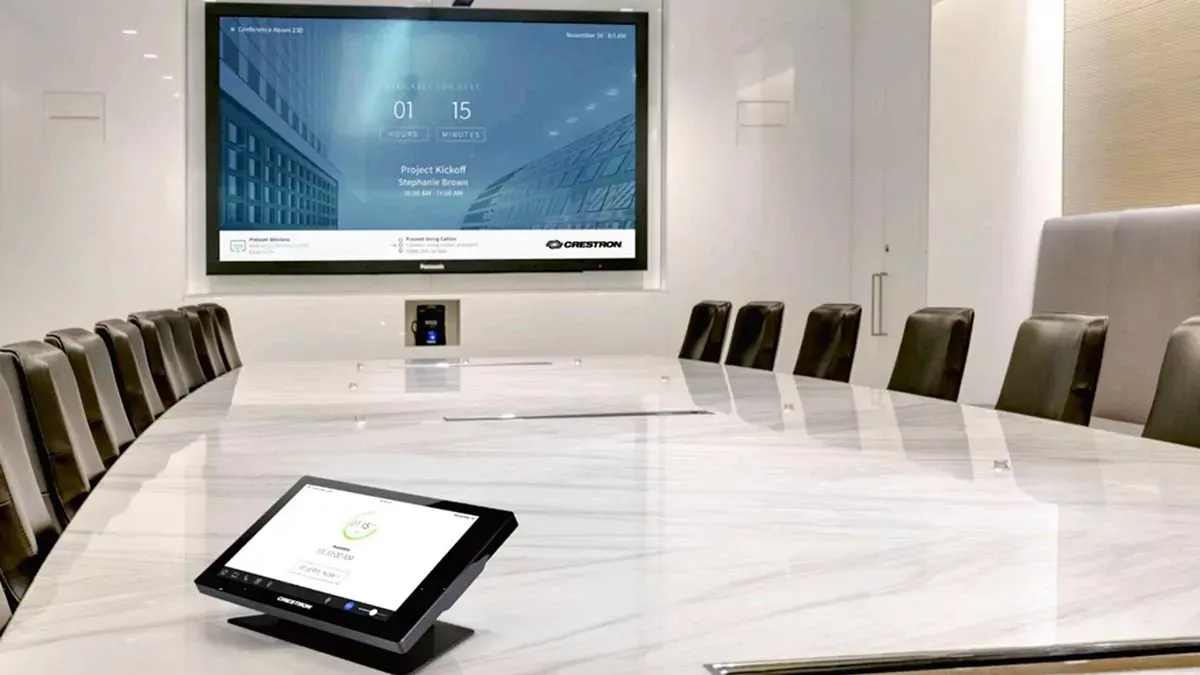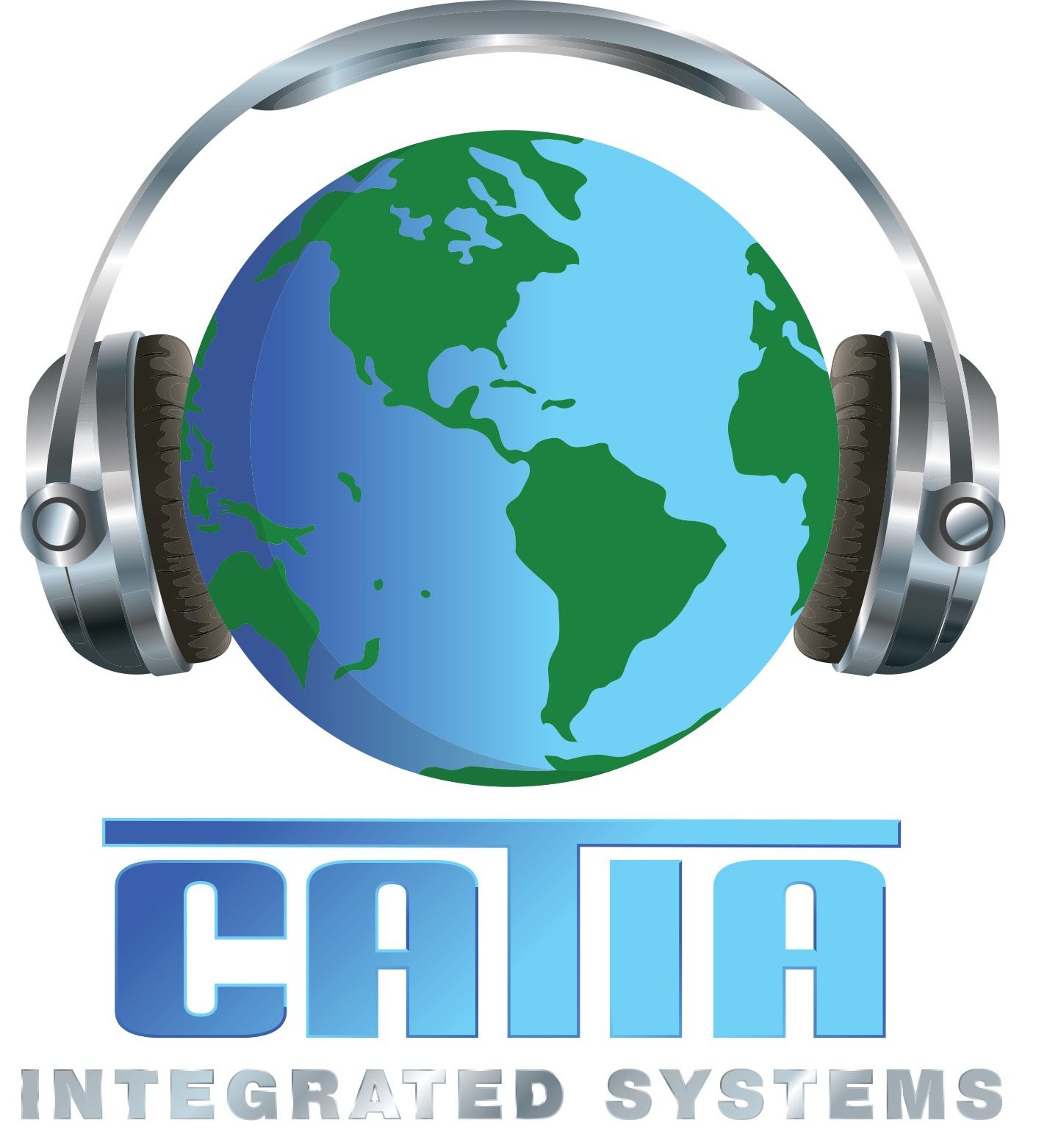Elevating Learning Environments: The Impact of AV Systems in Education

In the ever-evolving landscape of education, technological advancements play a pivotal role in transforming traditional learning environments into dynamic, engaging spaces. Among these advancements, Audio/Visual (AV) systems have emerged as powerful tools for enhancing the teaching and learning experience. From interactive displays to multimedia presentations, AV systems have the potential to revolutionize education in ways that were once unimaginable. Let's explore the impact of AV systems in education and how they are elevating learning environments:
1. Enhanced Engagement: AV systems provide educators with the ability to deliver dynamic and interactive lessons that captivate students' attention and foster active participation. Through the use of multimedia content, such as videos, animations, and simulations, educators can bring complex concepts to life and make learning more engaging and relatable. This increased engagement not only enhances students' understanding of the material but also encourages critical thinking and creativity.
2. Accessibility and Inclusivity: AV systems can help make education more accessible and inclusive for students with diverse learning needs. Features such as closed captioning, audio descriptions, and interactive transcripts ensure that educational content is accessible to students with hearing or visual impairments. Additionally, AV systems can accommodate various learning styles and preferences, allowing students to engage with the material in ways that suit their individual needs.
3. Collaboration and Communication: AV systems facilitate collaboration and communication among students and educators, both inside and outside the classroom. Video conferencing tools enable virtual classrooms, connecting students and instructors from different locations for interactive lectures, discussions, and group projects. Furthermore, collaborative software and interactive whiteboards encourage teamwork and brainstorming, fostering a collaborative learning environment that promotes knowledge sharing and peer-to-peer interaction.
4. Personalized Learning: AV systems enable educators to tailor instruction to meet the diverse needs and learning styles of individual students. Adaptive learning platforms use data analytics and artificial intelligence to personalize learning experiences, providing students with customized content, feedback, and support based on their abilities and progress. This personalized approach to learning helps students achieve mastery at their own pace and maximizes their learning potential.
5. Real-World Application: AV systems bridge the gap between the classroom and the real world by providing students with immersive learning experiences that simulate real-world scenarios. Virtual reality (VR) and augmented reality (AR) technologies enable students to explore historical landmarks, conduct science experiments, or simulate workplace environments, giving them hands-on experience and practical skills that are directly applicable to their future careers.
In conclusion, AV systems have a profound impact on education, empowering educators to create dynamic, engaging, and inclusive learning environments that inspire and motivate students. From enhancing engagement and accessibility to fostering collaboration and personalized learning, AV systems play a vital role in preparing students for success in the digital age. As technology continues to advance, the potential for AV systems to revolutionize education and elevate learning environments is limitless.



